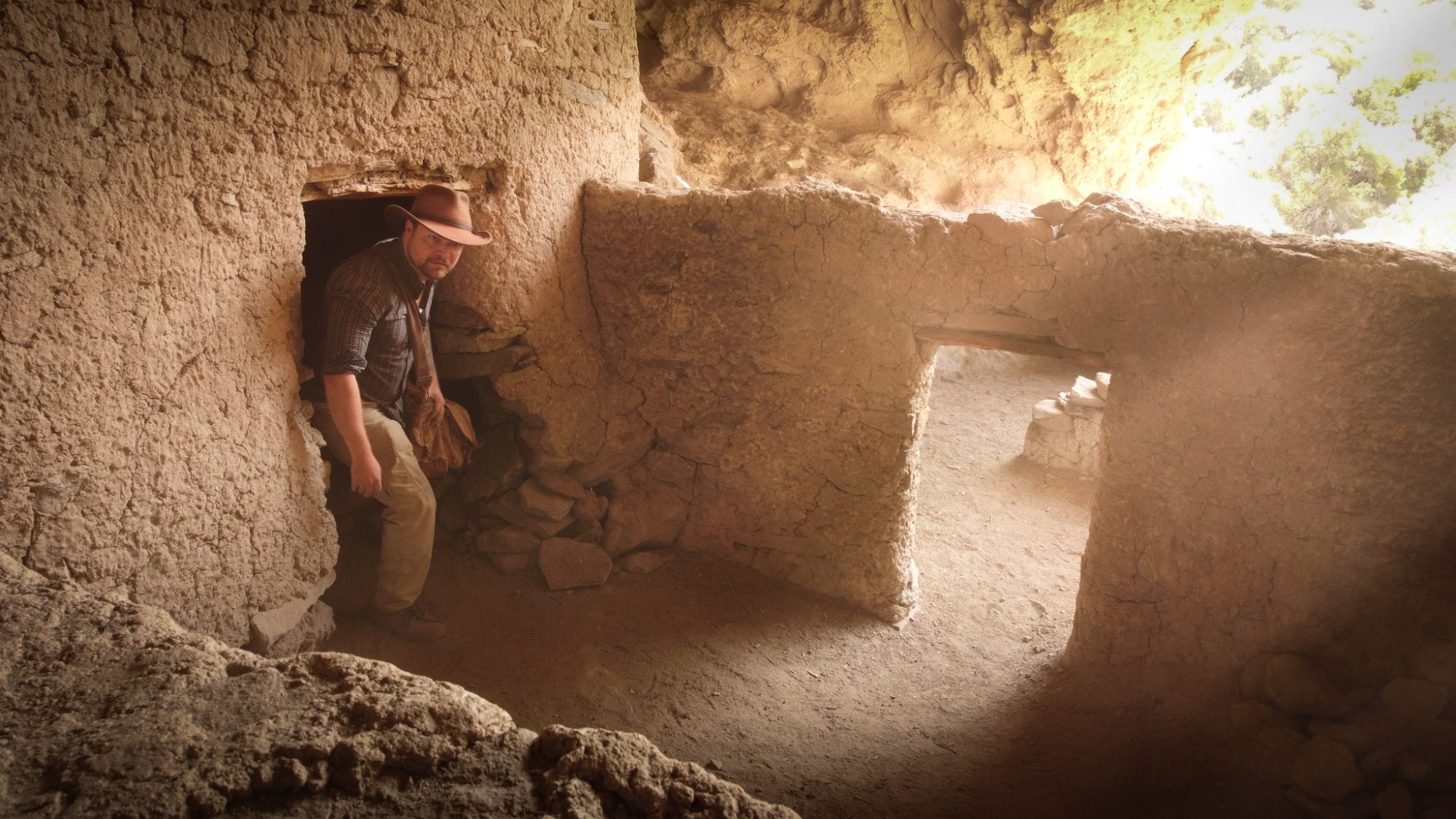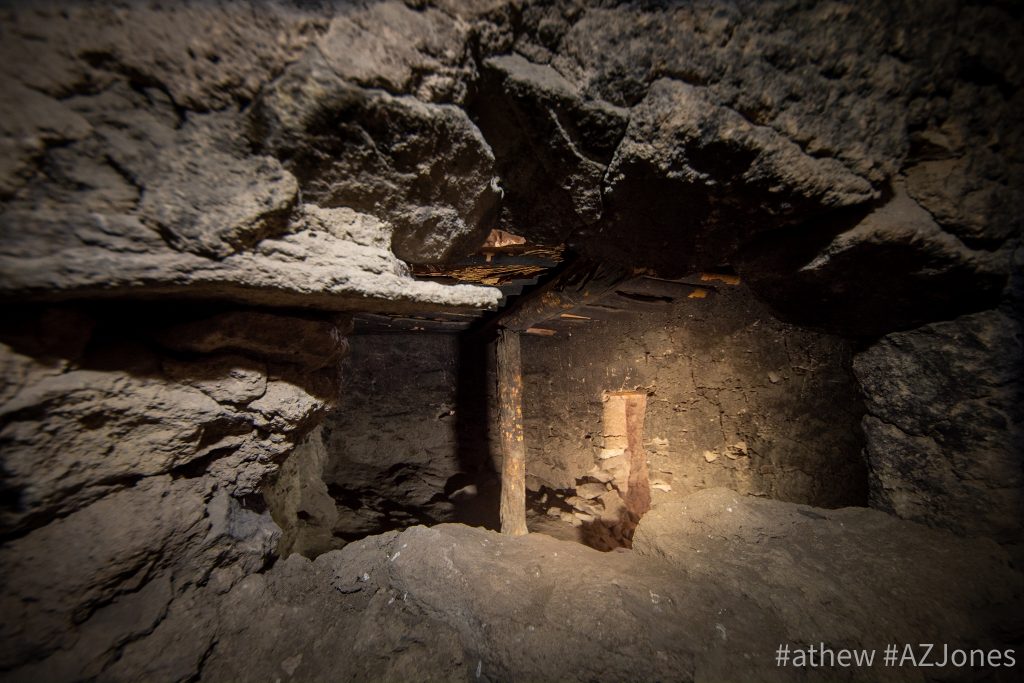The Superstition Wilderness is rich in history and legend. It seems you could spend a lifetime searching every canyon, turning every corner, and climbing every mountain, and still not see it all.
While there is much to see, these dwellings—built around six-hundred years ago, and once called home by the Salado—is perhaps the most interesting of all.


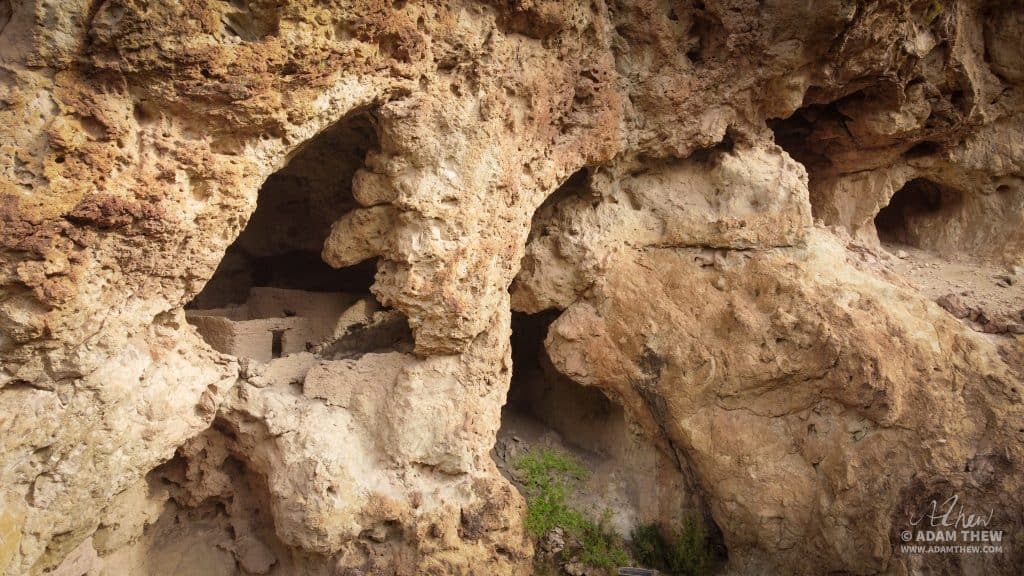
Many cliff dwellings are built into small enclaves but this is the first I have seen with the natural fortification of a real cave! Additionally, this is one of the best preserved ruins (minus the frustrating graffiti), because of its natural protection from the elements.
Archeologists believe between the largest, and the smaller adjoining caves and enclaves, the site would have contained more than sixty-five rooms, at its height. While in use, ladders would have connected the lower structures to the upper ones—now, visitors must climb the rock to the upper cavern, which has eroded and become slippery over time, due to many visitors.
The Salado are thought to have disappeared around 1400. A.D. We can’t know for sure, but some speculate possible drought or war with a neighboring tribe. That doesn’t mean the site went unoccupied. The cave, and dwellings, themselves, have provided shelter to who knows how many people since.



Other Occupants
From the many stories of those who have taken refuge here, one of the most interesting took place in the 1920s, and involves a band of outlaws. On the run, they sought refuge in the ruins of the upper cavern, until they were caught by a posse, having cornered them there.
Over a decade later the site would once again be used—this time, by a couple trappers. They spent an entire winter season living there. Unfortunately, these men would go on to severely damage the site, and collect countless invaluable artifacts.





Artifacts
If you were to visit today, you might see some pottery sherds or lithic scatter, although they’re increasingly harder to come by. However, while previous investigations were being conducted, as far back as the 1920s, archeologists found a myriad of items with historical significance that provide clues into the lives of the Salado people.
Among the artifacts found were tools such as a wooden drill for creating fires, whorls for spinning cotton, even sandals made from yucca. Cornstalk cigarettes and what is presumed to be a type of dice with zigzag patterns on it for playing games, were also found, giving insight into their recreation and leisure.
As one would expect, evidence of the typical diet of natives at the time, was also present. Corn, squash, beans and more, have all been excavated. Beyond their agricultural means, the Salado would supplement their diets with meat, whenever viable—as the bones of deer, rabbit, and bighorn sheep, were also found.


The Lost Dutchman Connection
The story of Jacob Waltz, the “Lost Dutchman,” and his mine is perhaps the greatest legend of the Superstition Mountains. This ancient dwelling and the legend are perhaps forever entangled due to the efforts of one man, Pierpont Constable Bicknell, or “Bick.” Bick, a writer, and prospector, obsessed himself with the Waltz mine after Jacob’s death in 1891. Around his mid-fifties, He devoted considerable research and time to the hunt for the lost mine. He methodically surveyed the Wilderness, interviewed known Waltz’s associates, and wrote lengthy articles appearing in the popular press during the 1890s.
In his varying publications, he offered different clues to the location of the Lost Dutchman’s treasure. One such article entitled “Curious Find,” published to the Mesa Free Press, mentions a two-room home, in a cave, deep in the Superstitions. You could argue this refers to something other than this site, however, observing graffiti marring the central column of the largest room, The name “Bicknell,” dated 1894, is clearly visible. While this is not indisputable proof, necessarily, it is strong supporting evidence.
Whether it be true, or fantasy, The Legend of The Lost Dutchman would not be what it is today, were it not for Bick.
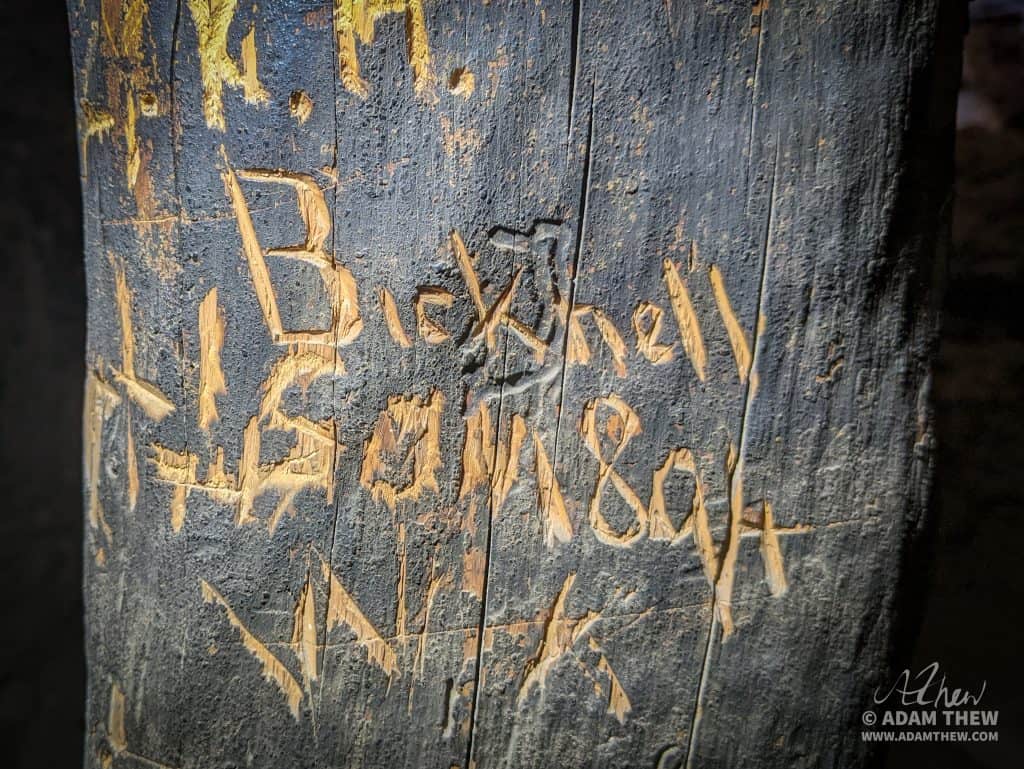
Smaller Cave
In the very back corner of the largest cavern is a very small cave. Entering into this smaller cave, you will find what looks like a circular ruin, no more than three feet across. It is unclear what this room is for, but it’s possible it was once used as food-storage. If this is indeed what it was for, it would have been well-sealed, and probably covered, protecting its content inside, wrapped in animal skin.


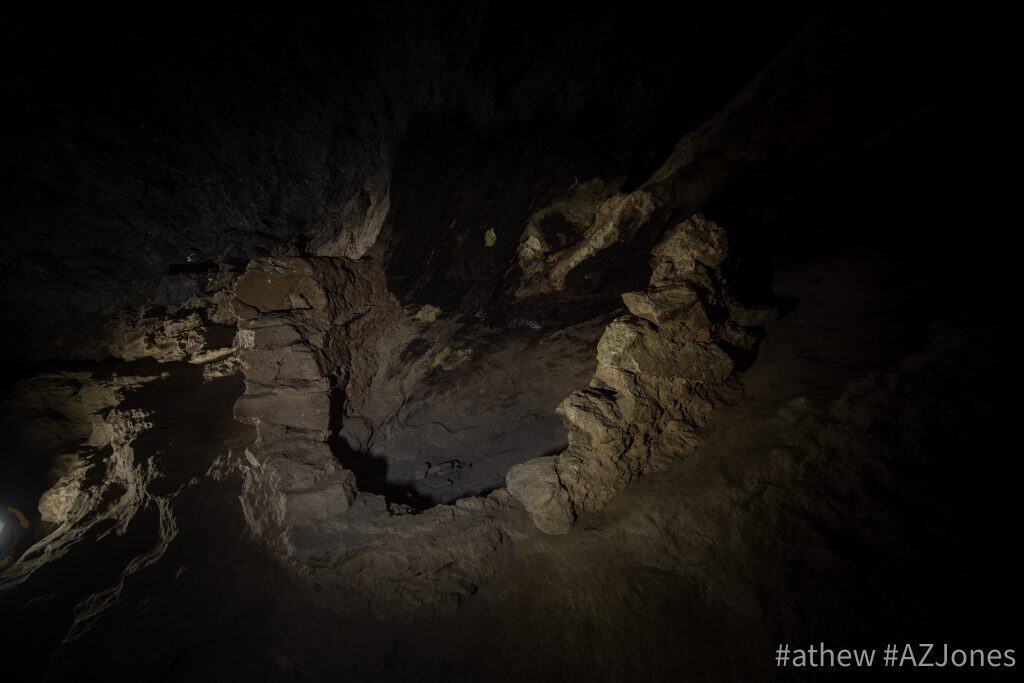
Our Impact On History
Even today, you can see where men and women continue to campout, which continues the site’s degradation. Needless to say, while these ruins are special, and are one of the best-persevered locations, they are not what they used to be.
In all of these photos (except for two, which I left to illustrate my point, and establish the Bicknell Connection), one thing you do not see, is the full amount of vandalism, which I digitally removed from the interior. If you visit one of these sites, please remember ruins are an irreplaceable window into our history, and we must faithfully preserve them for future generations.
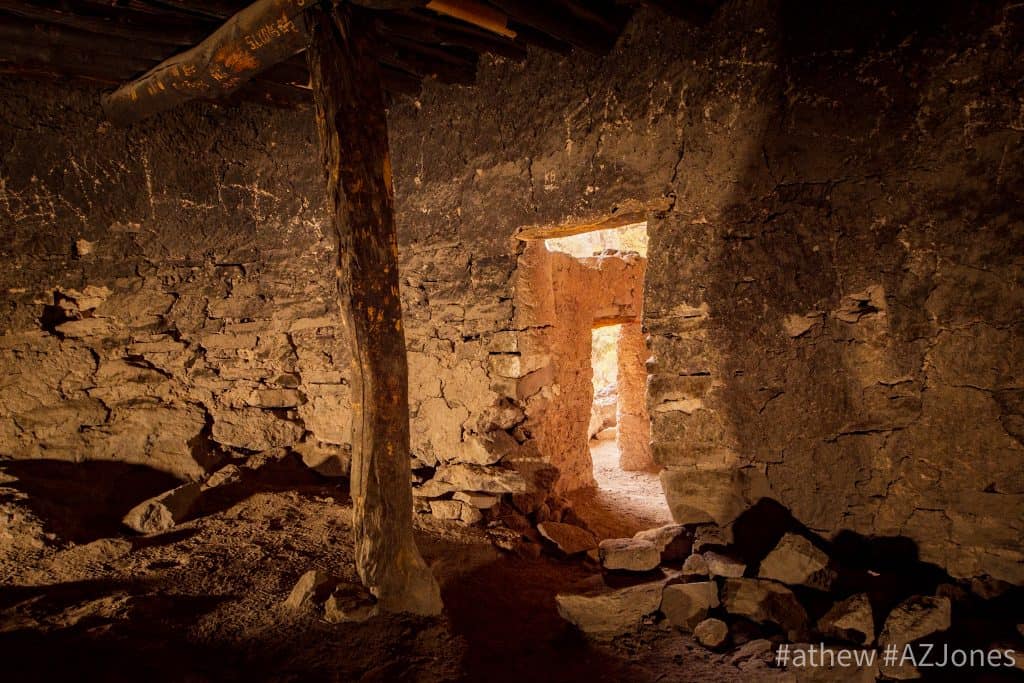
I hope you enjoyed that read! If you like my work, please support me, by visiting my online store, and sharing my articles on your preferred social media!

